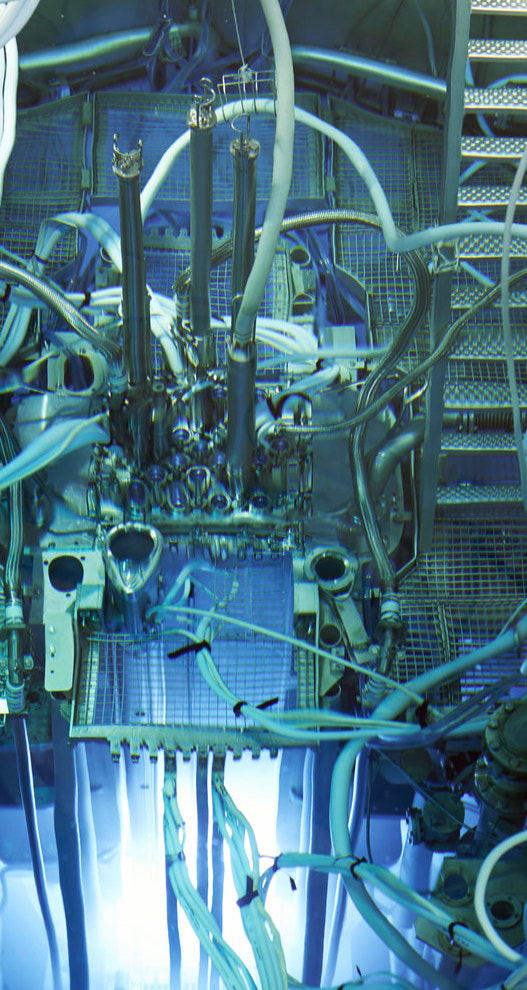The first phase of the Salt Irradiation Experiment (SALIENT) has begun at the Nuclear Research and Consultancy Group in Petten, a nuclear research facility on the Dutch North Sea coast. The experiment is being carried out in cooperation with the European Commission Laboratory Joint Research Center-ITU (JRC) in Karlsruhe, Germany, and initially aims to produce cleaner reactor fuel, and will then look at materials for reactor construction. The last research into molten salt thorium reactors was carried out at the Oak Ridge laboratory in the US.

The Petten team is using the site’s high flux reactor under product manager Sander DeGroot and lead scientist Ralph Hania. Using the high heat inside the reactor, the team is melting a sample of thorium salt fuel — a mixture of lithium fluoride and thorium fluoride — inside an insulated graphite crucible, and over time the neutron bombardment will trigger nuclear reactions that will transmute the thorium in the sample into uranium isotopes that can undergo nuclear fission.
The team's first task is to remove noble metals (that is, those which are not involved in the reactions) to make a more efficient fuel; they are trying two methods for this, using a nickel foil in one crucible and a cube of highly porous nickel in another, hoping that the noble metals will preferentially precipitate out onto the nickel. The JRC is providing the thorium salts for the project and will analyse the fission products after irradiation to assess their stability. This stage will feed into later research into how to deal with the waste from a molten salt thorium reactor.
The next stage of the project will use a different fuel mixture also containing beryllium, known as FlIBe, which is believed to be the best mixture for a working thorium nuclear reactor (the mixture without beryllium is designed for a specific type of reactor that ‘burns’ nuclear waste from conventional nuclear reactors). This phase will test the resilience to corrosion and high operating temperatures of materials to be used in the construction of molten salt thorium reactors, such as different grades of steel, the nickel alloy Hastelloy (which was used at Oak Ridge) and titanium-zirconium-molybdenum alloys.
In later stages, the team plans to install systems circulating molten salt around loops; the Petten high-flux reactor is one of few in the world large enough for this. “This is a technology with much perspective for large scale energy production," de Groot commented. "We want to have a head-start once the technology will break through.”





Swiss geoengineering start-up targets methane removal
Several rather dubious statistics in this report. IF methane had 120× the thermal effect of CO2 that would be TWO orders of magnitude. Two is not...